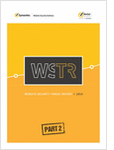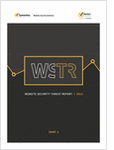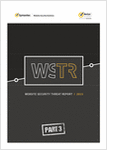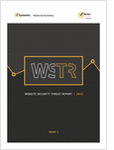Protecting Users From Firesheep and Sidejacking Attacks with SSL
Firesheep allows an attacker connected to the local network to monitor the web sessions of other users on that network. As experts proclaimed in reaction to Firesheep, the best solution to the problem is to use TLS/SSL for all connections to web sites,…
Website Security Threat Report 2015: Part 2
Now download part 2 for the latest on the fast-evolving world of targeted attacks – from cyber espionage tactics to denial of service, spear-phishing and watering hole attacks.Request Free!
Website Security Threat Report 2015: Part 1
Symantec Website Security Threat Report, which gives enterprises, small businesses, and consumers essential information to secure their systems effectively now and into the future.Packed with valuable insights and statistics, it’s all you need to know …
Marketing Optimization Toolkit: The Science behind Marketing Analytics
A Prescription for Privacy
Website Security Threat Report 2015: Part 3
Now download part 3 to discover how the public made criminal’s lives easier in falling for the latest social media attacks and online scams. Plus, take an invaluable look ahead and benefit from our security recommendations and best practices.Request Free!
Getting Ahead of the Compliance Curve
Website Security Threat Report 2015: Part 1
Symantec Website Security Threat Report, which gives enterprises, small businesses, and consumers essential information to secure their systems effectively now and into the future.Packed with valuable insights and statistics, it’s all you need to know …
Reducing the Cost and Complexity of Web Vulnerability Management
In a recent study conducted by the Ponemon Institute, 90 percent of respondents indicated that they have had two or more breaches in the past 12 months, and nearly two-thirds responded that they have had multiple breaches during the same period of time…














